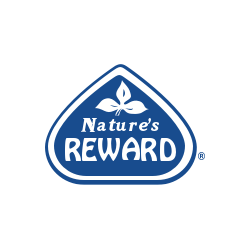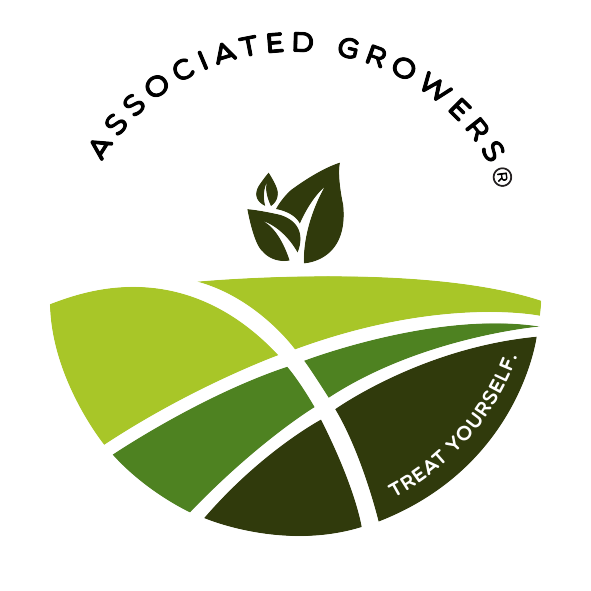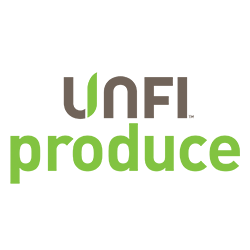When food safety makes headlines it’s often for outbreaks, illness or worse, but recently California’s fresh produce industry, and particularly the lettuce and leafy greens sector, has attracted national media attention for its positive and highly proactive approach to a safer food supply.
Earlier this year, the Trump administration cut thousands of positions from the Food and Drug Administration, including hundreds that worked in food safety. The firings prompted a Forbes interview with California Leafy Greens Marketing Agreement CEO Tim York on how the mass federal departures might impact the food safety of California lettuce and leafy greens.
“What we got across in that [May 5] article, was that despite the changes, turmoil, chaos — if you will — with FDA, we’re forging ahead with our food safety programs, and we don’t rely upon them for anything more than the occasional counsel or advice,” York says. “We don’t rely on them for funding or to conduct research or anything else. We’re completely independent of them, and their changes don’t impact the LGMA whatsoever.”
One month earlier, CBS Sunday Morning aired a segment on California leafy greens that shined a light on the stringent standards adhered to by LGMA member growers.
“It was an opportunity to talk about the good things going on with food safety,” York says.
The California Leafy Green Products Handler Marketing Agreement was formed in 2007 following a tragic outbreak of E. coli in 2006 that sickened over 200 people. Today, LGMA members, companies that ship and sell California-grown lettuce, spinach and other leafy greens products, represent approximately 99% of the state’s commercial volume.
Working with Western Growers, university and industry scientists, food safety experts, government officials, farmers, shippers and processors, the LGMA has created a rigorous science-based food safety system that it says protects public health by reducing potential sources of contamination and establishing a culture of food safety on the farm.
While its food safety bar is high, LGMA isn’t stopping there in its quest to prevent 100% of outbreaks. In collaboration with Western Growers, each year it asks its members what’s important to them and what they need most in terms of support. They then use that feedback to hone and evolve their standards.
Water Deep Dive
This year, water topped grower-packer-shippers’ wish lists, and while water standards have been a key metric from LGMA’s inception, improvements are ongoing.
“We made changes to water in 2011, 2018, 2020 and 2022, but there’s additional things we can and should be doing around water, and so we’re working on evolving that water standard, the metric around water, to address what we think are some vulnerabilities and opportunities for improvement in the way in which our standards are set today,” York says. “Water is complicated. It’s why the FDA took how many years to write a water rule, got it wrong, and then took another four or five years to redo it.”
Metrics development is led by Western Growers, who is the standard bearer for LGMA’s food safety metrics, York says. The organizations work with auditors to set the standards and ensure that the auditors know how to audit against that new standard.
“We have to make sure that our industry knows how to farm against that new standard and that means putting together training programs, both in person and on video, to equip them to be successful with a new metric,” he says.
“With water, we’re testing for indicator organisms — for potential pathogens of concern,” says Greg Komar, LGMA technical director. “We’re really focused on acute concerns with pathogenic microorganisms, so things that can cause people to get injured or become sick really quickly.”
As products get closer to harvest, and especially if that water is going to touch the edible portion of the crop, the standard requirements become stricter, he explains.
California’s grower-packer-shippers of leafy greens manage the testing of their own water sources and state inspectors audit the farms to ensure compliance.
“Metrics are continuously reviewed to see if something’s changed or if new research or evidence suggests growers should do something different,” Komar says. “We also look at our compliance information to see where we need to make changes or where we need to make more resources for the industry, so they better understand what they’re supposed to do.”
LGMA’s focus on water this year also involves a streamlining and simplification of the standards and best practices.
“It’s more complicated to get closer to zero — to prevent all outbreaks from occurring,” Komar says. “We’re making sure it’s super clear what’s expected, but also looking at where we can reduce redundancies so it’s just easier for our members to understand what they have to do to be compliant.”
Industrywide Standards
While LGMA’s focus is lettuce and leafy greens, York says the organization’s food safety standards are applicable to the entire fresh produce industry.
“It would be illogical to tell your food safety crew that this is how you have to treat the water if you’re planting lettuce, but if you’re planting broccoli, don’t worry about it,” he says. “Quite frankly, you need to train people to one standard.”
York says once LGMA has a standard that’s applicable to lettuce and leafy greens, he sees other commodities following suit.
“We don’t cook most of the produce items grown in California,” he says. “From a logical standpoint, if it’s good enough for the lettuce, it’s got to be good enough for the broccoli and the cauliflower and the rest of the crops. LGMA standards for lettuce and leafy greens help dictate what happens across the rest of a grower’s operations.”
The GreenLink Platform
Launched in 2022, Western Growers’ GreenLink platform, which hosts the LGMA Romaine Test and Learn program, has become another critical food safety tool for growers of lettuce, leafy greens and other fresh produce.
“GreenLink is a first-of-its-kind data sharing platform that was developed by Western Growers and its members to better understand produce food safety risks and questions and help inform strategic and risk-based decision making,” says Joelle Mosso, associate vice president of science programs for Western Growers.
The data-sharing program invites growers, packers and shippers to anonymously share their data to gain food safety insights.
“GreenLink is more than just a platform, it is a collaborative approach to food safety by connecting participants with actionable data and helping intentionally cultivate a culture of data sharing, positive food safety culture and preventative food safety culture,” Mosso says.
GreenLink also drives smarter decision-making, improves safety standards and encourages regulatory compliance, continuous learning and innovation, she adds.
Western Growers works with Crème Global, its data curator and its data participants to streamline data submissions and build more detailed metadata on their datasets, Mosso explains.
“Over the past year we have also had wonderful participation from many of the third-party laboratories who provide testing that have developed automatic programming interfaces (APIs) to streamline participants getting their data and more testing information into the data programs,” she says. “This collaboration between service providers and participants has very much improved participation by making the process easier, and it has also improved data quality since it comes straight from the laboratories and has established very routine submissions. By minimizing the time spent on getting data, it has offered more time for participants to learn from what the data is telling them.”
Mosso says Western Growers’ GreenLink program continues to welcome more participants, growers and users and to date, has over 6.5 million data points and hundreds of grower users, including many lettuce and leafy green growers.
“Western Growers did a tremendous job of getting the GreenLink program right and making it user friendly, so there’s no excuses for not doing it,” says York, noting that some 40,000 tests representing 75,000 acres of romaine have already been conducted through the Romaine Test and Learn program.
The confidentiality piece of the GreenLink platform is also designed to encourage participation.
“The systems built for confidentiality give confidence to the members to feel comfortable contributing without fear that there will be any adverse or negative fallout from participation,” says Mosso, who adds that over time, the program aims to provide a better understanding of “predictive conditions and elements that will allow participants and the industry to make improved data-driven decision-making and risk-based management.”
And now, the platform is poised to be award winning. The International Association for Food Protection (IAFP) plans to present Western Growers with the 2025 Food Safety Innovation Award for GreenLink during IAFP 2025 in Cleveland, Ohio, July 27-30.
“The IAFP award is an honor and a testament to the commitment of our industry to find more efficient ways to continue to improve food safety outcomes for the industry,” Mosso says. “The significance of this project is a commitment to build a data-driven and proactive risk-based approach to food safety. It also signifies the power that a collective industry can create — building a more collaborative food safety culture committed to driving long term value and improvements to food safety.”

















